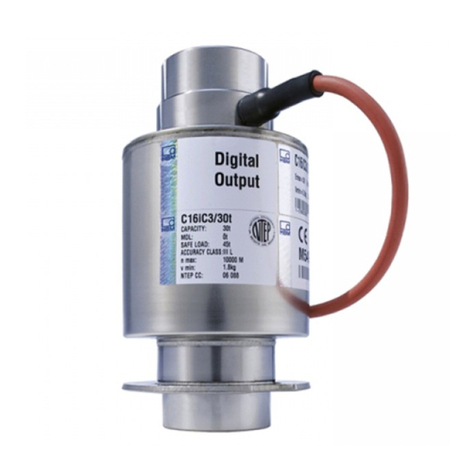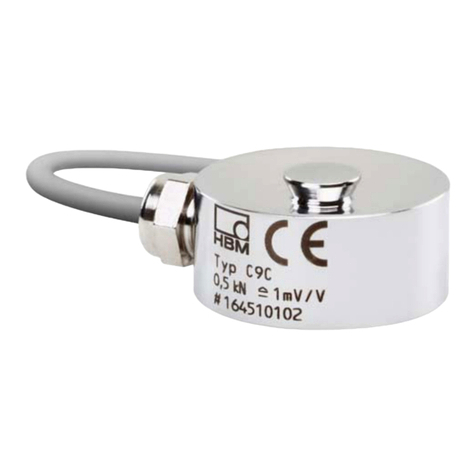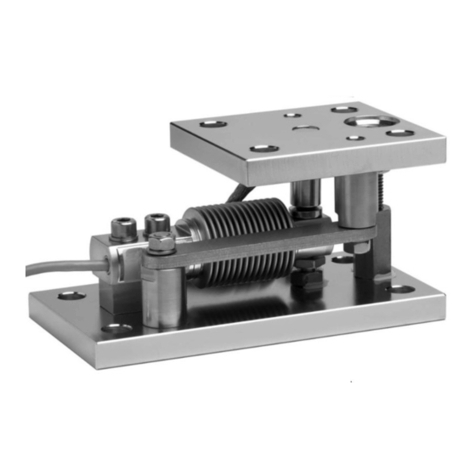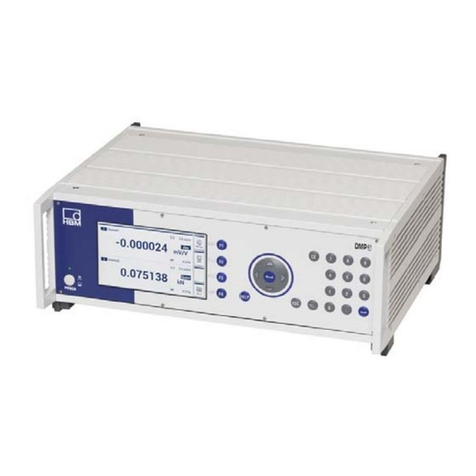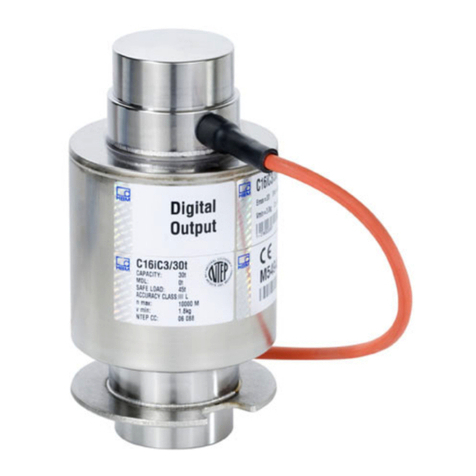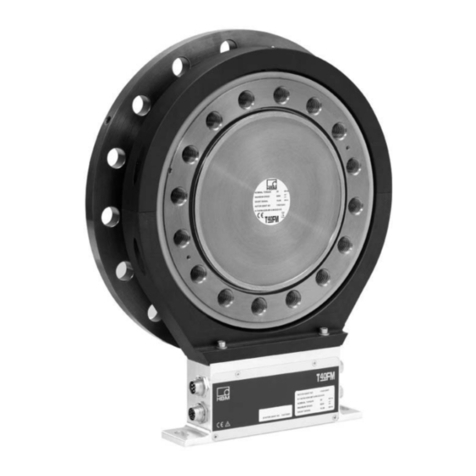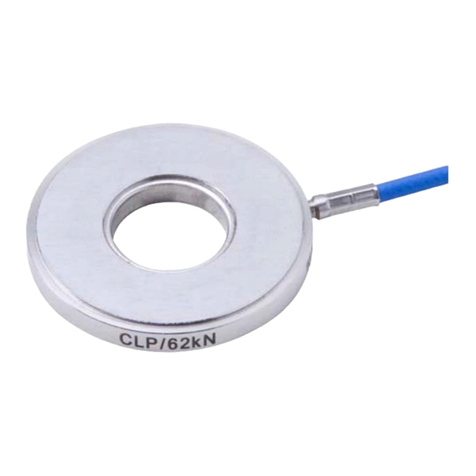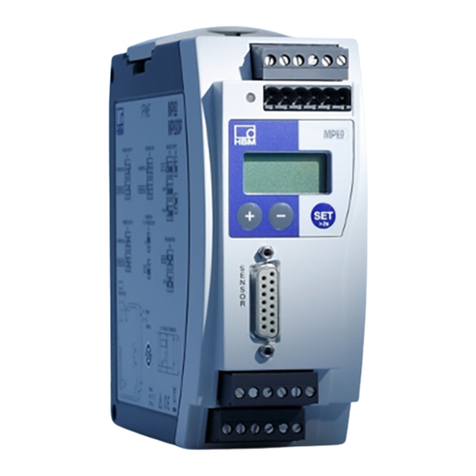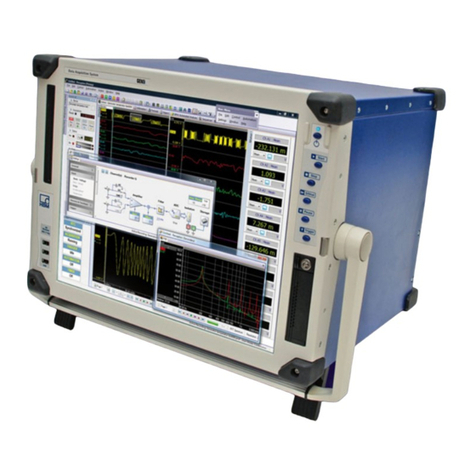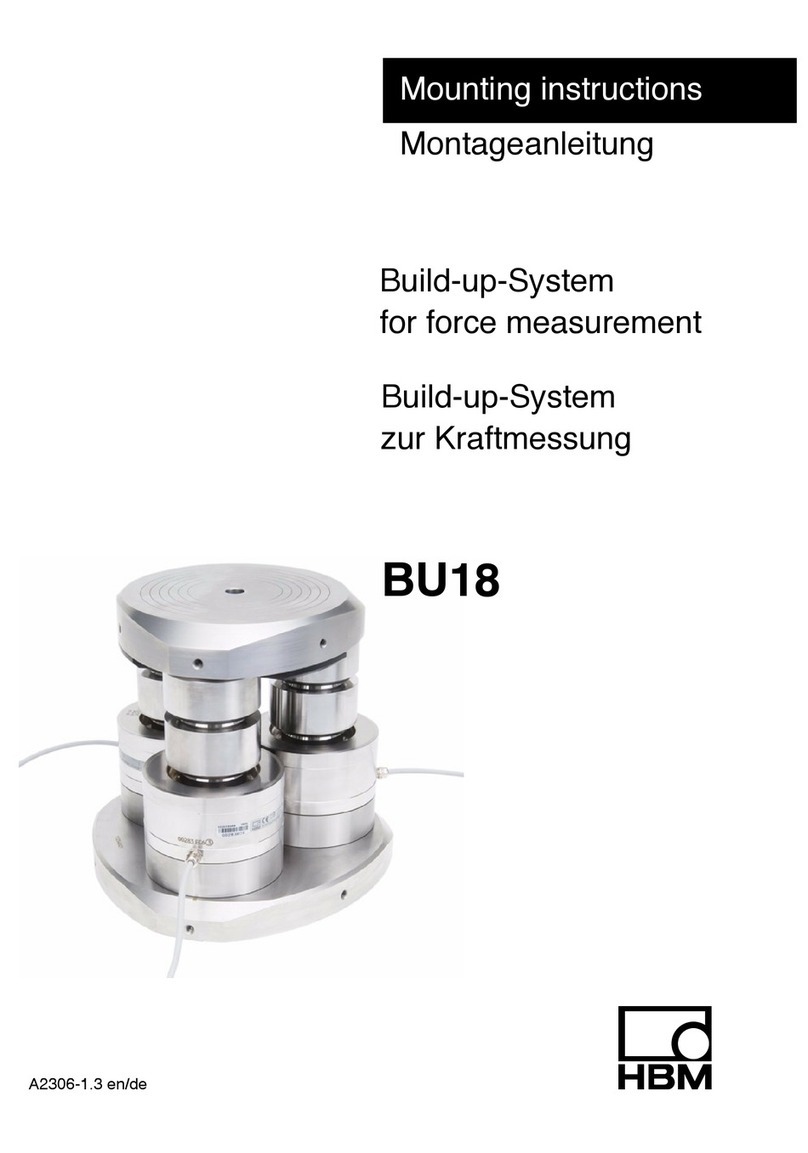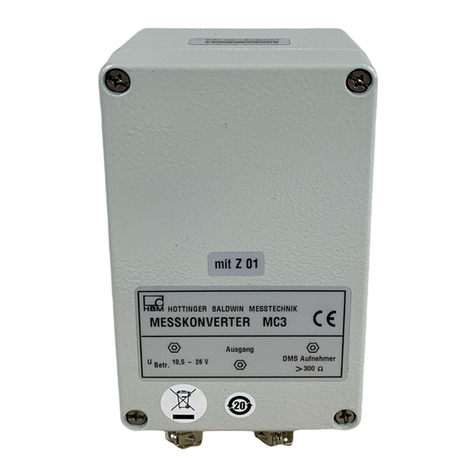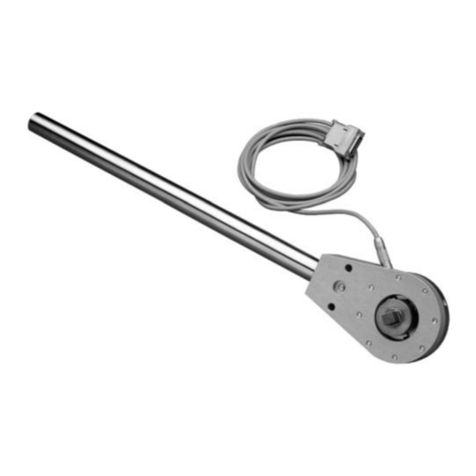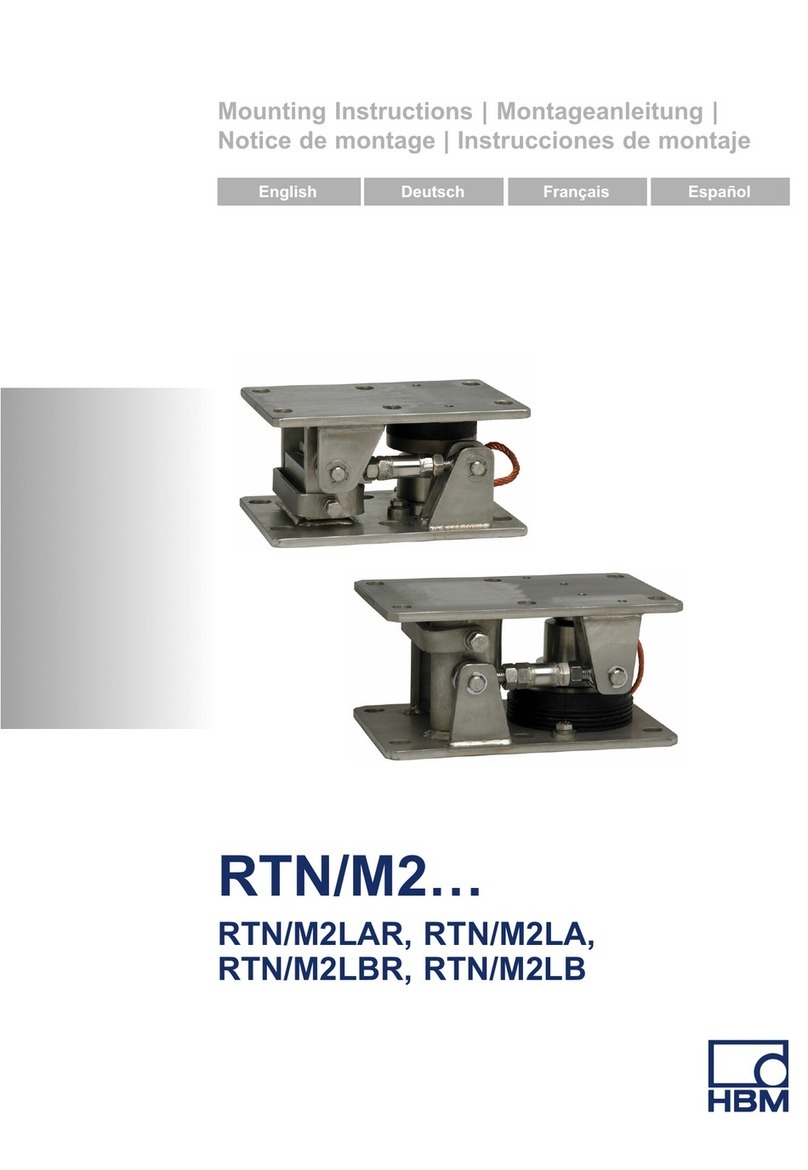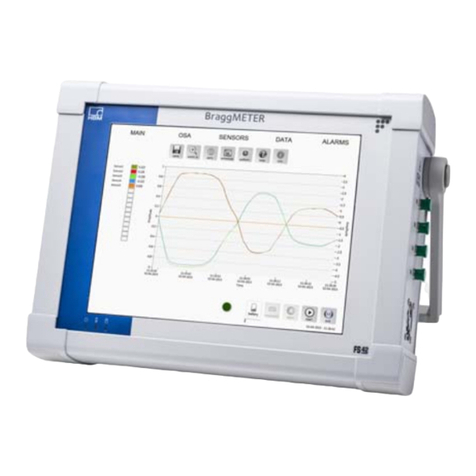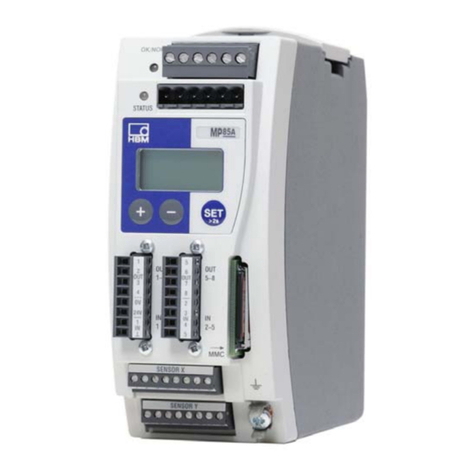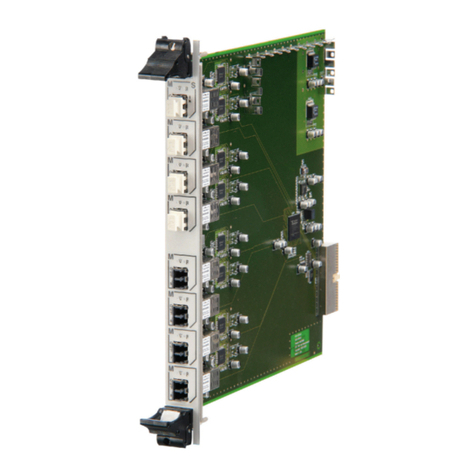
Safety Instructions
K-LK1/600N-WH A4303-1.0 HBM: public 5
The electronic system that processes the measurement
signal must be designed in such a way that
no secondary damage occurs if the measurement signal
fails.
General dangers of failing to follow the safety
instructions
Force transducers are state-of-the-art and reliable. There
may be dangers involved if the transducers are mounted,
set up, installed and operated inappropriately, or by un
trained personnel. Every person involved with setting up,
starting-up, operating or repairing a force transducer
must have read and understood the mounting instruc
tions and in particular the technical safety instructions.
The force transducers can be damaged or destroyed by
non-designated use of the force transducer or by non-
compliance with the mounting and operating instructions,
these safety instructions or any other applicable safety
regulations (BG safety and accident prevention regula
tions) when using the force transducers. Force trans
ducers can break, particularly if overloaded. The break
age of a force transducer can also cause damage to
property or injury to persons in the vicinity of the force
transducer.
If force transducers are not used according to their desig
nated use, or if the safety instructions or specifications in
the mounting and operating instructions are ignored, it is
also possible that the force transducer may fail or mal
function resulting in the injury of persons or damage of
property (due to the loads acting on or being monitored
by the force transducer).
The scope of supply and performance of the transducer
covers only a small area of the force measurement tech
nology, as measurements with (resistive) strain gage
sensors presuppose the use of electronic signal pro












